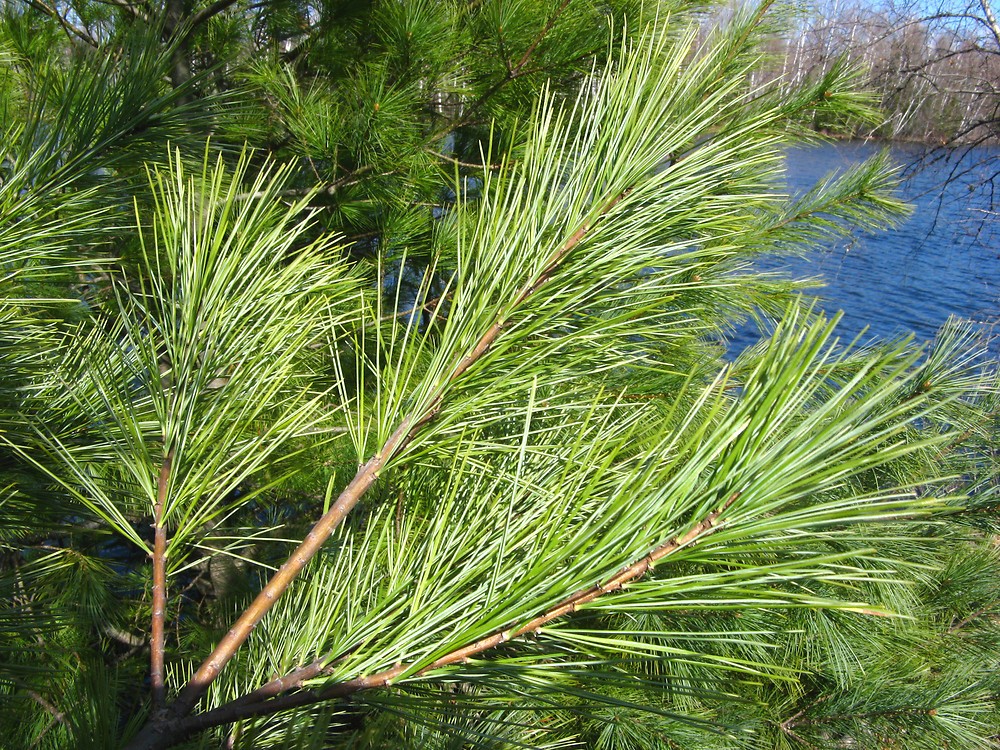Insignis pine
(Pinus radiata radiata)

Description
Pinus rigida, the pitch pine, is a small-to-medium-sized pine. It is native to eastern North America, primarily from central Maine south to Georgia and as far west as Kentucky. It is found in environments which other species would find unsuitable for growth, such as acidic, sandy, and low-nutrient soils. The pitch pine is irregular in shape, but grows to 6–30 metres (20–98 ft)). Branches are usually twisted, and it does a poor job at self-pruning. The needles are in fascicles (bundles) of three, about 6–13 centimetres (2+1⁄4–5 inches) in length, and are stout (over 1 millimetre or 1⁄16 inch broad) and often slightly twisted. The cones are 4–7 cm (1+1⁄2–2+3⁄4 in) long and oval, with prickles on the scales. Trunks are usually straight with a slight curve, covered in large, thick, irregular plates of bark. Pitch pine has an exceptionally high regenerative ability; if the main trunk is cut or damaged by fire, it can re-sprout using epicormic shoots. This is one of its many adaptations to fire, which also include a thick bark to protect the sensitive cambium layer from heat. Burnt pitch pines often form stunted, twisted trees with multiple trunks as a result of the resprouting. This characteristic makes it a popular species for bonsai. Pitch pine is rapid-growing when young, gaining around one foot of height per year under optimal conditions, until growth slows at 50–60 years. By 90 years of age, the amount of annual height gain is minimal. Open-growth trees begin bearing cones in as little as three years, with shade-inhabiting pines taking a few years longer. Cones take two years to mature. Seed dispersal occurs over the fall and winter, and trees cannot self-pollinate. The lifespan of a pitch pine is about 200 years or longer. Pitch pine is found mainly in the southern areas of the northeastern United States, from coastal Maine and Ohio to Kentucky and northern Georgia. A few stands occur in southern Quebec and Ontario, mostly in two pockets along the St. Lawrence River. It is known as a pioneer species and is often the first tree to vegetate a site after it has been cleared away. It is a climax vegetation type in extreme conditions, but in most cases it is replaced by oaks and other hardwoods. This pine occupies a variety of habitats, from dry, acidic sandy uplands to swampy lowlands, and can survive in very poor conditions. It is the primary tree of the New Jersey Pine Barrens.
Taxonomic tree:







